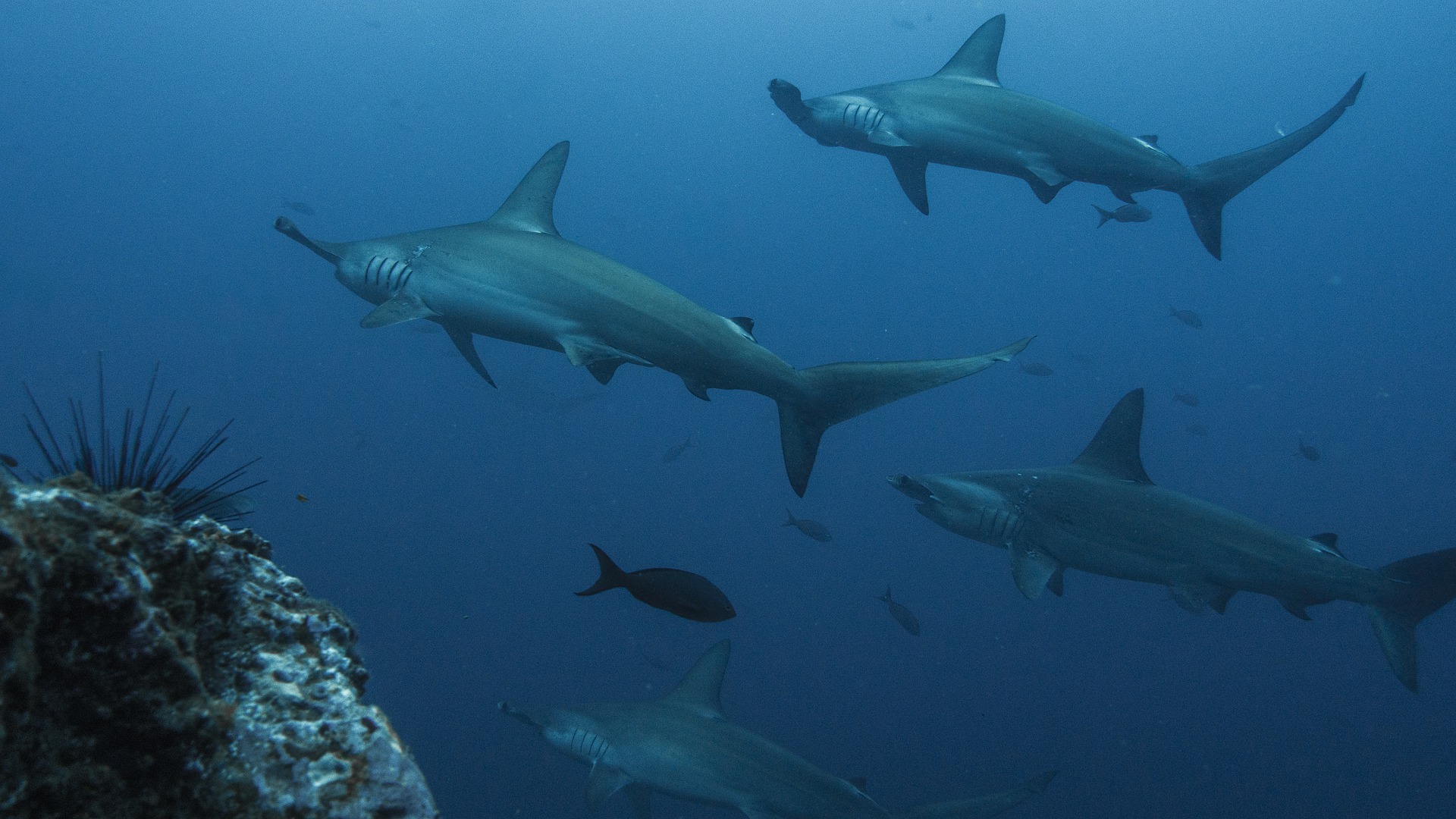Media release
From:
Zoology: Oceanic sharks and rays have declined by over 70%
The number of oceanic sharks and rays worldwide has fallen by 71% since 1970, reports a paper in this week’s Nature. The study finds that more than three-quarters of these oceanic species are now threatened with extinction.
The risk of extinction to marine species is primarily caused by overfishing, but it has been difficult to measure the decline of individual species. Although reductions in oceanic and coastal shark and ray populations in different regions of the world have previously been documented, a global analysis has not been available.
Nathan Pacoureau and colleagues estimated the relative abundance of 18 oceanic species of sharks and rays from 1970 to 2018 and assessed the risk of extinction for all 31 oceanic shark and ray species. The authors found that, globally, the abundance of oceanic sharks and rays declined by 71.1% from 1970 to 2018. Of the 31 oceanic species, 24 are now threatened with extinction, and 3 shark species (the oceanic whitetip shark, and the scalloped and great hammerhead sharks) have declined so sharply that they are now classified as critically endangered — the highest threatened category in a list that is produced by the International Union for Conservation of Nature (IUCN).
The authors attribute this decline to an 18-fold increase in relative fishing pressure — a measure of the proportion of sharks and rays caught relative to their global population — over the period. They argue that immediate action is needed to prevent collapses in populations. Specifically, they call on governments to implement catch limits to help promote species recovery.



 Australia; International; QLD; NT
Australia; International; QLD; NT


